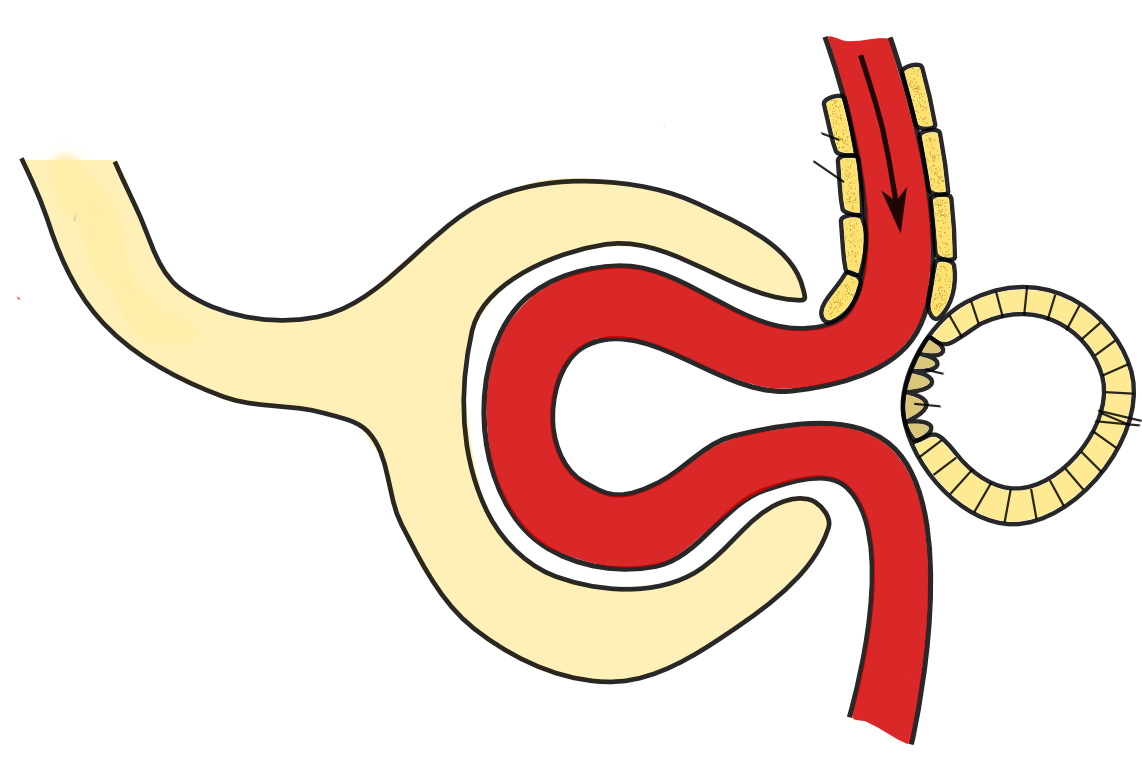Dual Juxtaglomerular Feedback Mechanism
Dual Juxtaglomerular Feedback Mechanism
To the tune of “My Favourite Things” from The Sound of Music
[Verse 1]
The juxtaglomerular apparatus
Senses low sodium which is symptomatic
Of a reduced glomerular flow rate
JG cells secrete renin to compensate
[Verse 2]
Renin eventually leads to the production
Of angiotensin II and its main action
It constricts the efferent arterioles
Increasing the rate of glomerular blood flow
[Chorus]
The JG cells
They will act
Through negative feedback
This mechanism helps to maintain
Homeostatic effects
[Verse 1]
A reduction in mean arterial pressure
Slows the glomerular flow rate for good measure
This slows the flow rate in the loop of Henle
Sodium chloride absorption is increased
[Verse 2]
Macula densa receives less NaCl
ATP is secreted at lower levels
It’s typically converted to adenosine
The levels of which in plasma will decrease
[Verse 3]
A low adenosine concentration
Causes afferent arteriole dilation
This raises the glomerular flow rate
A mechanism to compensate
[Chorus]
Macula densa
Cells will act
Through negative feedback
This mechanism helps to maintain
Homeostatic effects

